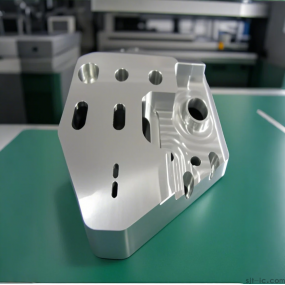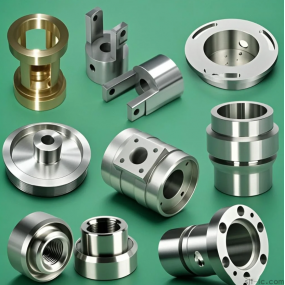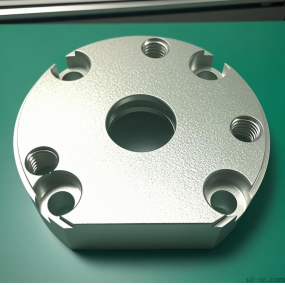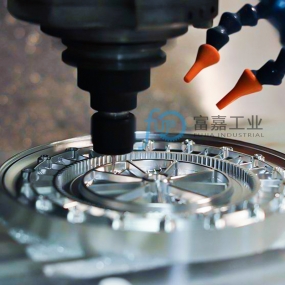Many precision stamping parts processing plants use vibration stress to reduce the as-cast stress of the casting or change the state of the as-cast stress to complete the stabilization of the casting geometric scale. What are the specific requirements for mold management?
1. Vibration aging is a mechanical method to generate a resonance frequency for the castings to be treated. Vibration stress is used to reduce the cast stress or modify the cast stress to achieve the stability of the casting geometric scale. Compared with thermal aging, vibration aging has the following advantages:
Thermal aging requires a large annealing furnace with messy equipment and a large production area. The equipment required for vibration aging is simple, easy to operate, small footprint, can be handled anywhere, and the size of the workpiece is not constrained. Thermal aging requires a lot of fuel. Vibration aging requires very little energy. It is said that a one-horsepower mechanical vibrator can handle castings of more than 50 tons. 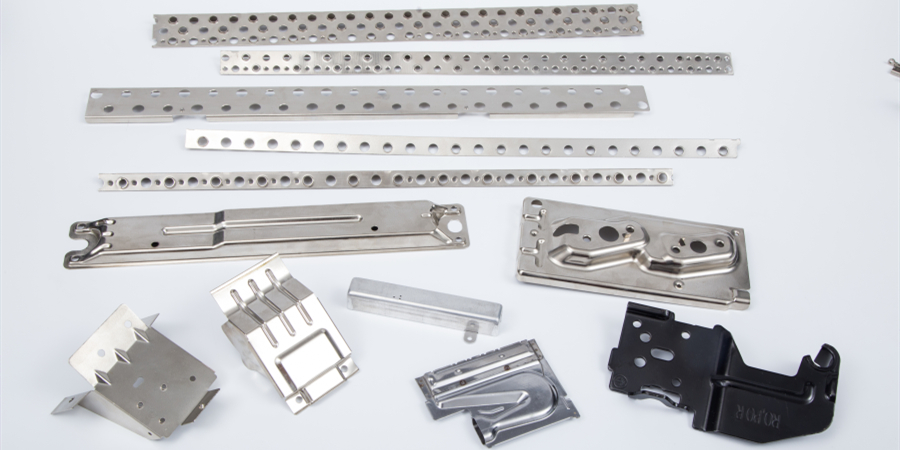
2. When vibrating aging castings, polyurethane spacers are required at the bottom of the casting.
3. 4 pads within 3 meters of the casting. Precision stamping parts processing plants should pay attention to castings larger than 3 meters and place 6 pads evenly.
4. For small molds within 4 meters, the vibration time is 40 minutes. Castings larger than 4 meters need to vibrate on both sides, and the vibration time on each side is 40 minutes.
This article is from EMAR Mold Co., Ltd. For more EMAR related information, please click: www.sjt-ic.com,


 Spanish
Spanish Arabic
Arabic French
French Portuguese
Portuguese Belarusian
Belarusian Japanese
Japanese Russian
Russian Malay
Malay Icelandic
Icelandic Bulgarian
Bulgarian Azerbaijani
Azerbaijani Estonian
Estonian Irish
Irish Polish
Polish Persian
Persian Boolean
Boolean Danish
Danish German
German Filipino
Filipino Finnish
Finnish Korean
Korean Dutch
Dutch Galician
Galician Catalan
Catalan Czech
Czech Croatian
Croatian Latin
Latin Latvian
Latvian Romanian
Romanian Maltese
Maltese Macedonian
Macedonian Norwegian
Norwegian Swedish
Swedish Serbian
Serbian Slovak
Slovak Slovenian
Slovenian Swahili
Swahili Thai
Thai Turkish
Turkish Welsh
Welsh Urdu
Urdu Ukrainian
Ukrainian Greek
Greek Hungarian
Hungarian Italian
Italian Yiddish
Yiddish Indonesian
Indonesian Vietnamese
Vietnamese Haitian Creole
Haitian Creole Spanish Basque
Spanish Basque

